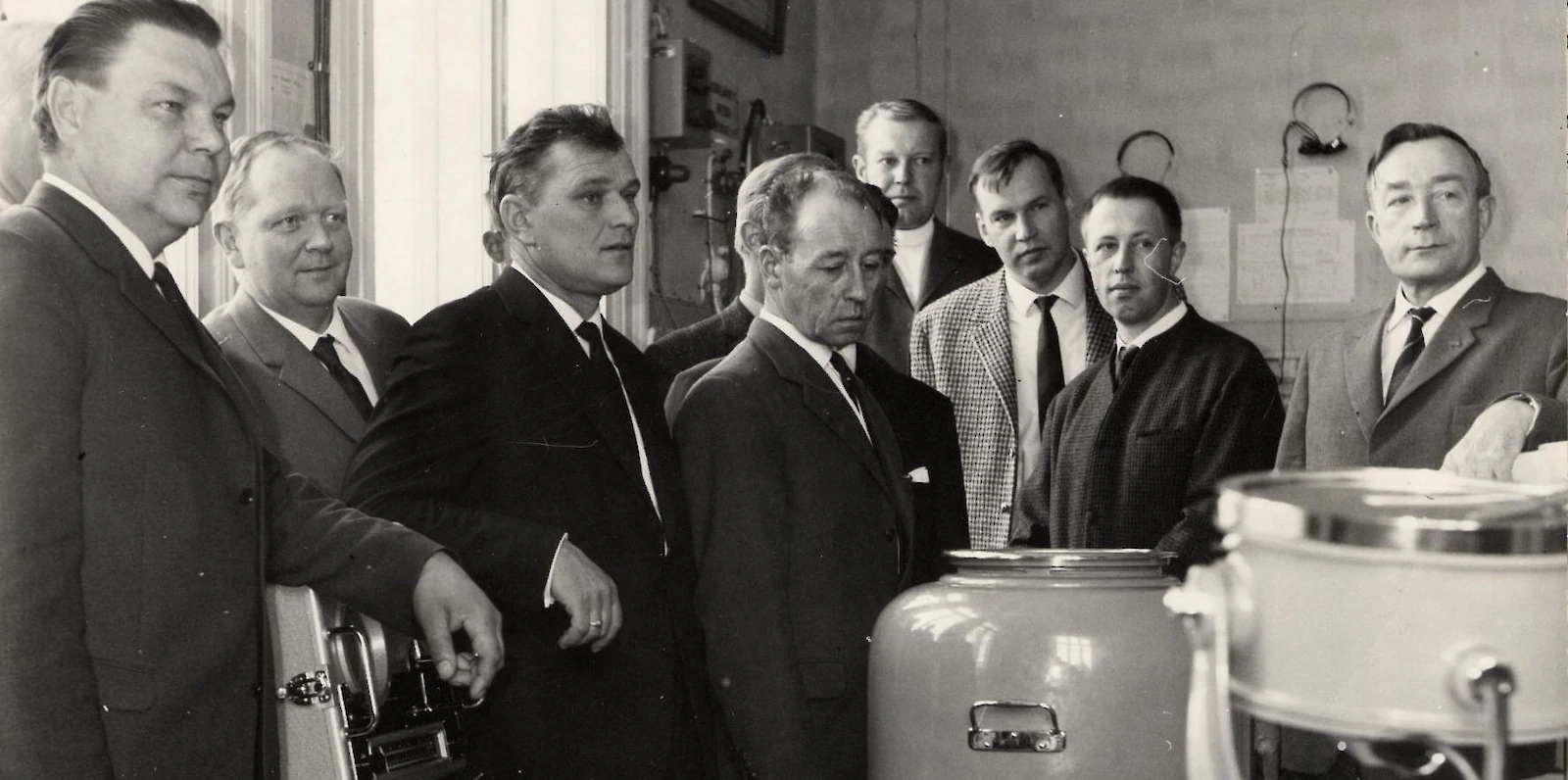Studying at maritime school
In the early years of the school there were few teaching instruments, no Finnish books available, the basic skills of the students were often poor and the teachers developed the teaching methods themselves. However, the school advanced quickly to the same level with other maritime schools. The regulation of 1899 standardized the education given at Finnish maritime schools.
In order to be admitted as a student you needed to have a good reputation, be in good health and be able to read and write. According to the regulation, compulsory subjects included mathematics, navigation, spherical trigonometry and astronomy, shipbuilding skills, sail and rigging drawing, geography, syntax, writing letters, bookkeeping and drawing up documents, English, maritime laws and regulations, and general health care at sea.
At the beginning of the 1930s Suomen Merenkulku (Finnish Seafaring) magazine guided that going to the sea would best suit sporty boys, who are not that avid readers and/or who might be lively and exhausting to their parents and teachers.
The content of the present-day seafaring education is strictly defined by the regulations of International Maritime Organization (IMO), a UN specialized agency. The content of the curriculum is the same worldwide and the institutions providing education are regularly supervised. Although the main subjects of seafaring education have changed surprisingly little throughout history, with IMO operations environmental protection and ecologically sustainable seafaring practices have been paid more and more attention to.
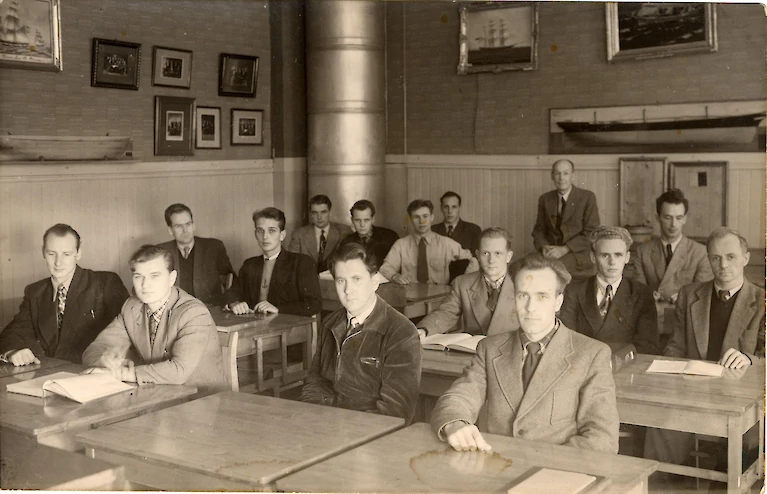
Learning in Practice
The requirements related to the duration and content of onboard training have varied during the years. However, onboard training has remained a significant and necessary part of qualifying for duties.
1851 Reglement for maritime schools was the first regulation, which required onboard training in order to be admitted to education. The applicant needed to have six months of onboard training on overseas travel and the shipmaster´s certificate of travels and the behaviour shown during them. The studies at schools were organized so that the students had a possibility to gather the experience required for the qualification. In Rauma, in the early years the term started in October-November once the students had returned home from their voyages and the term ended in April-May when the sailing season started again.
Apprentice system was used in Finland for the first time on Goodrich vessel in 1895. The owner of the vessel was J.W. Söderlund from Rauma. Apprentices paid for being accepted as students onboard for three years. They were paid a small salary and they were promised that the learning they achieved onboard would help them to get officer´s qualification. However, in practice life onboard was more ordinary and there was no theoretical teaching. Most of the crew, including apprentices, deserted the ship in the middle of the voyage. Next time, no apprentices were signed on the crew. Apprentice system was used in Rauma between years 1907–1915 on vessels Finland and Sylfid, which also had challenges with apprentices deserting the ships, accidents, the varying level of teaching and the students´ ability to follow teaching in Finnish.
Training on steamships was accepted for the first time in 1874 regulation as sailing ship training, but in the beginning no more than one or two years per qualification. Sailing ship training was a part of competency requirements until 1941. Alternation between onboard training and education has been systematic since the 1940s. Nowadays studies include several long onboard training periods on merchant ships. For example, sea captain´s degree contains 360 days of onboard training.
In the 1910s discussion started about maritime school students´ lack of seamanship. Swedish Axel Blomgren had written a textbook on seamanship, which was translated to Finnish and seamanship was added to curricula in 1919. In 1958 it was proposed that training ships should be located e.g. in Rauma. The first training ship Jankke was purchased finally in 1970 and the school had its own training ship until 2015.
The first radar simulator was acquired to Rauma Maritime School in 1968. The importance of information technology became more prominent especially from the 1980s. In 1989 a computerized radio communication simulator made by Radical Simulation Ltd was adopted and in 1994 the online version of Transas Marine Navi Trainer PC.
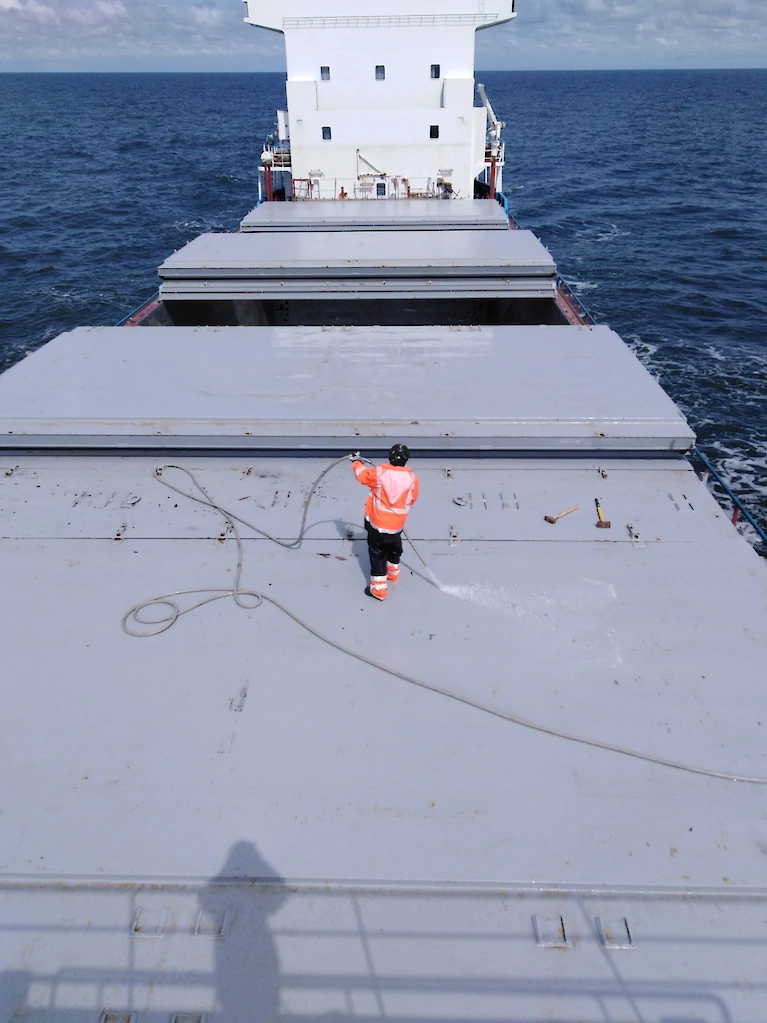
Student Life
Ideas about the student life in the maritime school can be found for example on old Värskiri publications, which the editorial staff consisting of students wrote – and still do – every year. A fair amount of advertisements from marine field operators, local restaurants and other service providers in the city were sold for the publications, so the publication has also acted as a source of income for the student association.
Värskiri publication´s content included e.g. in academic year 1962 – 63, besides advertisements, lyrics for marine singalong and drinking songs, the menu for the end-of-term celebration in spring as well as short, verbal descriptions of each student in the captain class, chief officer class and second officer class. The descriptions are humorous and often spiced with seafaring jargon, which can make them open to various interpretations, to say the least. An example of a sea captain class student:
“One of the four ”free” ones.” (wife in Osaka). Dream island 300 miles
North-West of Tahiti. Wild line.”
After the name of the person, the name of the shipping company the person obviously worked for might be added. Term “wild line” most probably means a person, who at that moment was not tied to any shipping company. “Free” probably refers to the age structure of the sea captain class and thus to the marital status: sea captain students who had gathered education and practice for years might be married or already family men.
In later Värskiri publications the topics of the stories extended e.g. to introducing the teaching staff, contributions from the principal or the welfare officer of the maritime school or stories about different themes, later on they were usually seafaring-related ones. A long-running topic from publication to publication were stories about sports events. Usually the stories dealt with combined sports events between Rauma and Kotka Maritime Schools, but also Turku Maritime School has been competed against e.g. in football, swimming, ice-hockey, basketball and volleyball.
Sport was not the only theme where Rauma competed with Kotka. Maritime school moving from Kalliokatu to current premises was already near but still the contemporary novelty, a heavy radar simulator had to be carried upstairs at the old maritime school. Former maritime school students reminiscing about the event told that the reason for this was that Rauma wanted to have a radar simulator before the institution in Kotka got a similar one.
In the early years of Rauma Maritime School, Fredrik Groundstroem, “Meri-Fretu” worked as a teacher in 1880–1901 and later as a principal in 1901–1915. The dress code at the maritime school was a very formal one for a long time and tidiness and dignity were required from students – especially from future sea captains. The story goes that if someone by mistake happened to arrive at principal Groundstroem´s lessons with boots on, the principal had told that the person dressed like that should be on the teacher seminar (teacher training institute), not at maritime school.
Principal Groundstroem´s sour attitude towards co-educational lyceum founded in Rauma in the final years of the 19th century and the teacher training institution that trained elementary school teachers can be explained by a political dispute that arose between the maritime school and other institutions in the early 1900s. The dispute had an effect also on the board of the maritime school. Due to the Russification period, there was the Old Finnish Party that supported appeasement, and the Young Finns who advocated passive resistance. In Rauma, the teacher training institution became the centre for the Old Finns, whereas the maritime school was the fortress of the Young Finns. Different political views in the board of the maritime school led to an open conflict in 1905.
The Chairman of the Board, Mr Hynén, wanted to have reforms in teaching at the maritime school but the teachers were of the opinion that drawing up the curriculum was the task of the Finnish Senate. Owing to the conflict, Mr Hynén withdrew from the board membership, and the Mayor of the City Väinö Anthoni was selected as a new chairman. Besides political dissent, there was plenty of rivalry between the maritime school and the teacher training institution with teachers and students alike.
Those who studied in the maritime school in the 1960s recalled that the clothing was formal at the beginning of the studies. A suit and a tie were worn at school, even galoshes were worn. They told that the situation changed slightly in the 1970s, when no tie was needed any more. They remembered that during their years of study the situation was different with male teacher seminar students (”Seminaarin Jussit”). The teacher seminar students had a lot stricter rules than maritime school students regarding contacts outside the school, i.e. socializing in the city, restaurants or going dancing. As an example, the teacher seminar vocal ensemble could not come and sing at maritime students´ party, because the party was arranged at a restaurant. According to former students, there was also some resentment towards maritime school students, who – because of their practice years – were well-travelled and had money to spend. This was an asset when dealing with the opposite sex.
The regulations at the founding stage of Rauma Maritime school were: “Who is known to generously enjoy liquor, should not be allowed to receive education in sailing school, that is pass the exam, before it is proved that he has mended his ways”. Attitudes to alcoholic beverages seem to have been diverse later on. Former maritime school students told an anecdote about a teacher, who had defended a maritime school student who had ended up in police custody, by telling the police officer: “Unfortunately this is a maritime school, not a charm school.” During the first lesson in the morning, another teacher asked discreetly whether students had remembered to wash their armpits, when he really referred to a smell of spirit floating in the classroom.
The contemporary maritime student association Meriko represents all the maritime students of Satakunta University of Applied Sciences. Otso Uusitalo, the chairman of the association during academic year 2019 – 2020, says that seafaring brings together a really colourful group from all over Finland: there are adult students studying for a second degree, students who have come straight from upper secondary school as well as those with a deck officer´s qualification from vocational school who jump straight to the the 4th year of sea captain studies.
Education reform has brought along a new challenge for the student association when arranging events, as different classes are at sea and at school at very different times. There is only one period in the whole academic year when all the students are at school at the same time.
Meriko arranges the traditional sailor baptism ceremonies for new students every autumn. This means making the freshmen swim in the cold water, after which they are fed Baltic herrings and made to drink rum. In addition, every January – February the traditional Kotka vs. Rauma sports competition is arranged in alternate years in Kotka and Rauma. Besides these, Meriko arranges student parties with other student associations in Rauma and still publishes Värskiri magazine yearly. The advertising revenue is still the major source of income for the association.
“Meriko is a small student association and our activities are affected by the extra challenge that also the board of the association is at sea for most of the year. The activities we have look a lot like sailors; we are real sailors not bookkeepers.” says Uusitalo, and continues:” Activities will continue in the future, despite the time of changes in seafaring and higher education!”.
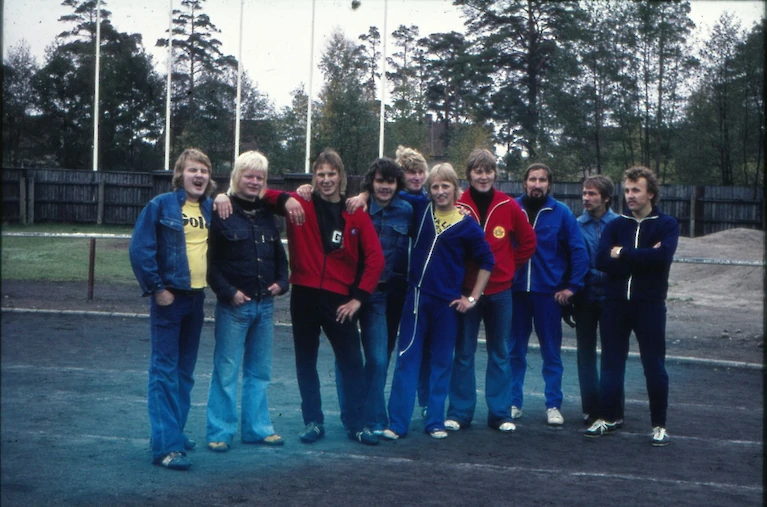
School Buildings
Before the present Maritime School building, tuition was given in several places inside the area of the City of Rauma. As the number of students increased over the years, tuition was relocated to bigger and more suitable facilities, and also further away from the city area and closer to the sea.
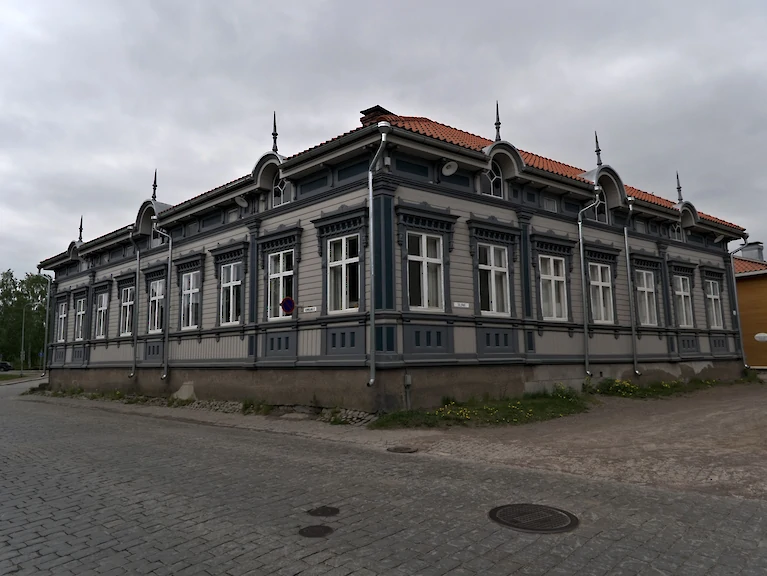
1880–1883 Merchant skipper Otto Carlson´s house called Tulli (Customs), Kuninkaankatu 41
The city rented the premises for Rauma Maritime School from merchant shipper Otto Carlson´s house called Tulli (Customs) on Kuninkaankatu 41. The house was situated close to Orell bridge in the eastern part of Old Rauma. The plot, which was located next to the old customs fence, but outside it on the Pori Customs, i.e. so-called Eastern Customs, was changed to a residential plot in the mid-1800s. Previously the plot was used by the Customs, and there had been customs buildings.
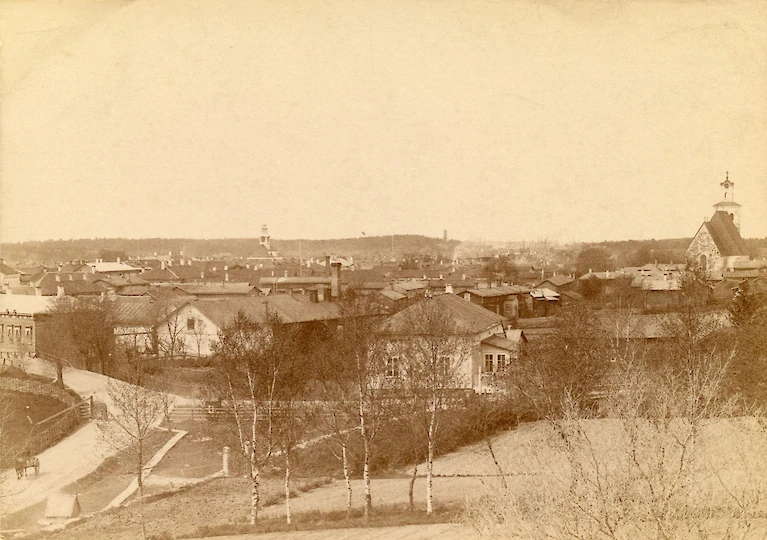
1883–1886 Bookseller Ludvig Nordberg´s house, at the corner of present Pohjankatu and Kaunisjärvenkatu
The school was relocated in 1883 to bookseller Ludvig Nordberg´s house situated at the corner of Pohjankatu and Kaunisjärvenkatu on the site of the present apartment building. The new building had rooms that were more suited for the maritime school. When the maritime school was founded, the City of Rauma had not purchased a house of its own for the school, due to poor financial conditions of the city. It soon became clear that the school would be operating in rented facilities in an ordinary house as a long-term solution.
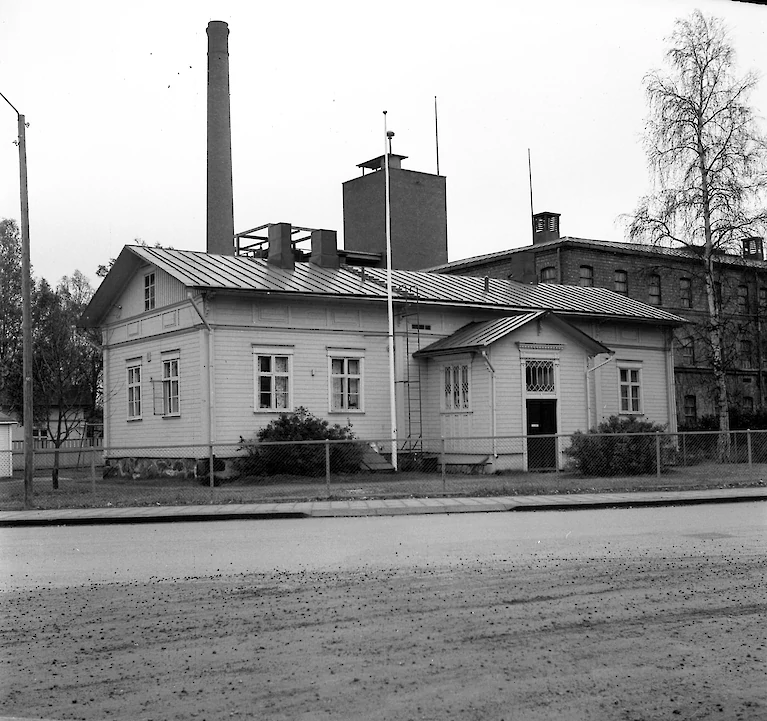
1886–1900 Vänni house, on the present Nortamonkatu
In the autumn of 1886 the Maritime School was provided with a house of its own. The building was located next to a bridge across the canal. Vänni house, which is located along the present Nortamonkatu, functioned as the Maritime School building until 1900. The industrialization of Rauma was one of the reasons why Vänni became unsuitable as a school building. Rauma tannery was located next to Vänni house, and the extension of the tannery covered the sky so that astronomical observations could not be properly made.
In 1898 Principal Ignatius sent a letter to the school board, where he mentioned, besides the problem caused by tall factory buildings, that ” also machines in the same factory have a harmful effect on mercury, which is used for observations, making it tremble, so observing heavenly bodies has now become impossible…”. The same year, the city council decided to build the Maritime School a school building of its own.

1900–1969 New school building designed by architect Otto F. Holm, Kalliokatu 34, present Rauma Maritime Museum
According to Maritime School board, the plot 22 on XXXII quarter on Kalliokatu was the best and almost the only one available for the Maritime School building. It was especially emphasized that the school needed a tower for teaching astronomy. The construction drawings created by architect Otto F. Holm were approved by the city council in 1899. The cost estimate of 60,000 Finnish marks was approved at the same time.
The Maritime School was completed quickly and the new building was already in use in the autumn term 1900. The school building was located on a hill with no other buildings at the time. According to school board it would ”greatly adorn the site and its surroundings”. The building material was wood and a round stone tower was built in the middle of the building. The school building served its original purpose for almost 70 years. It was regarded as one the biggest and grandest public buildings in Rauma. The students considered it cozy with its plank floors, wall panels and high classrooms.
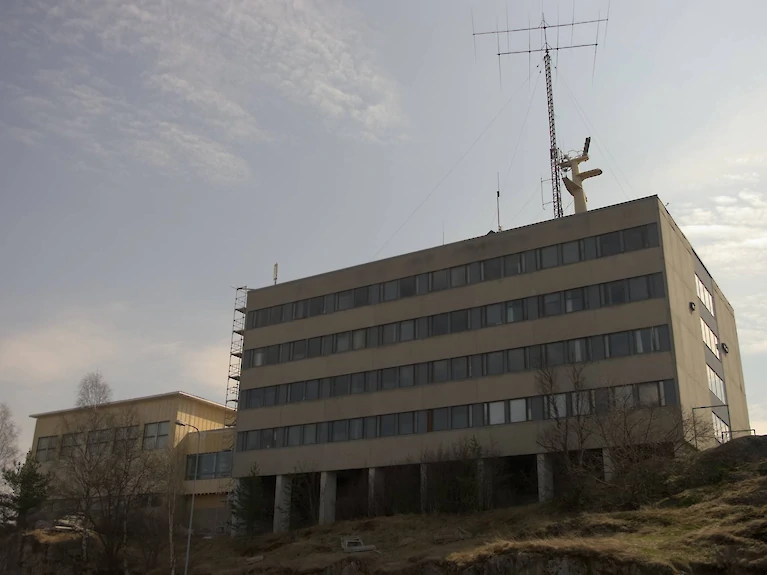
1969– School building designed by architect´s office Harry W. Schreck & Co., Suojantie 2
In 1960 the extension of Rauma Maritime School became relevant. The plan to rearrange the facilities of the old school building was noticed to be too modest because the decision by the Ministry of Trade and Industry contained a plan to found a seamen´s school in Rauma to train seamen alongside the maritime school that educated deck officers. By the city council´s decision the City of Rauma donated the state in 1963 a plot of 18,000 square metres near the port on Lonsi rock.
Architect´s office Harry W. Schreck & Co. designed a draft for the maritime school and seamen´s school buildings in 1965. The construction work started in 1967 but the progress was slow because of the state´s lack of funds. The topping-out ceremony was held in March 1969, and the Maritime School moved to new premises in August 1969. A year later, the whole building project was completed and thus Rauma Seamen´s School could also start operating.
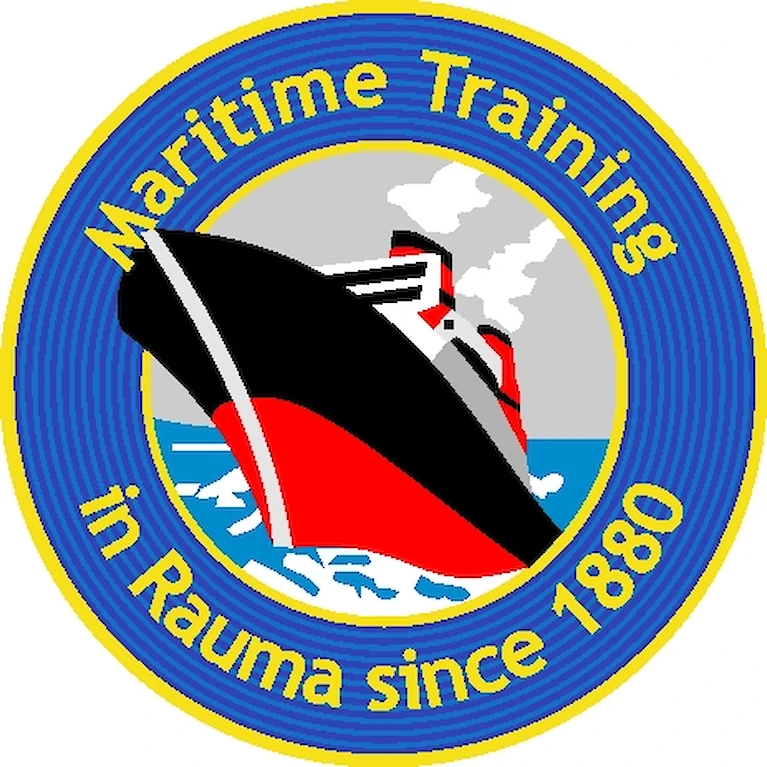
Photos and Sources
Photos
Rauma Maritime Museum
Rauma Museum
Mikko Aho
Otso Uusitalo
Sources
Karkama, Markku 1999. Merille kouluun. Meripalvelus ja koululaivat kansipäällystön koulutuksessa vuodesta 1874 toiseen maailmansotaan. Turun yliopiston merenkulkualan koulutus- ja tutkimuskeskuksen julkaisuja B110.
Uola, Mikko 2000. Kapteenej, styyrmannej, tervatui trossei ja taeva merkei. Merenkulun opetusta Raumalla 1880-2000. Satakunnan ammattikorkeakoulu, merenkulun Rauman yksikkö.
Värskiri-julkaisut vuosilta 1962-63, 1976, 1984, 1994, 2001, 2010. Julkaisijana Rauman Merenkulkukoulun / Merenkulkuopiston oppilaskunta.
Satakunnan Museon rakennusperintötietokanta Pakki. [http://www.y-pakki.fi/asp/ypakki_kohde_det.aspx?ID=204702]. Viitattu 8.4.2020.
Rauman Buffalo-kerhon muistelua 12.9.2019 opiskelusta Rauman merikoulussa, muistiinpanot Rauman merimuseon hallussa

